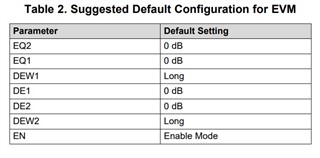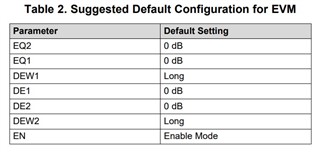Tool/software:
Dear TI Engineer,
We have a question about the circurt design about the HIGH-SPEED DIFFERENTIAL I/O of SN75LVCP601. From the SN75LVCP601EVM user guide we found that the RX1P (Positive) signal is connected to the TX - (Negative) terminal of the Host (Male/female Connector), while the RX1N (Negative) signal is connected to the TX+(Positive) terminal of the Host (Male/female Connector).

Does it means that we need to follow this specification to design HIGH-SPEED DIFFENTIAL I/O?
Thanks,
Kind Regards




